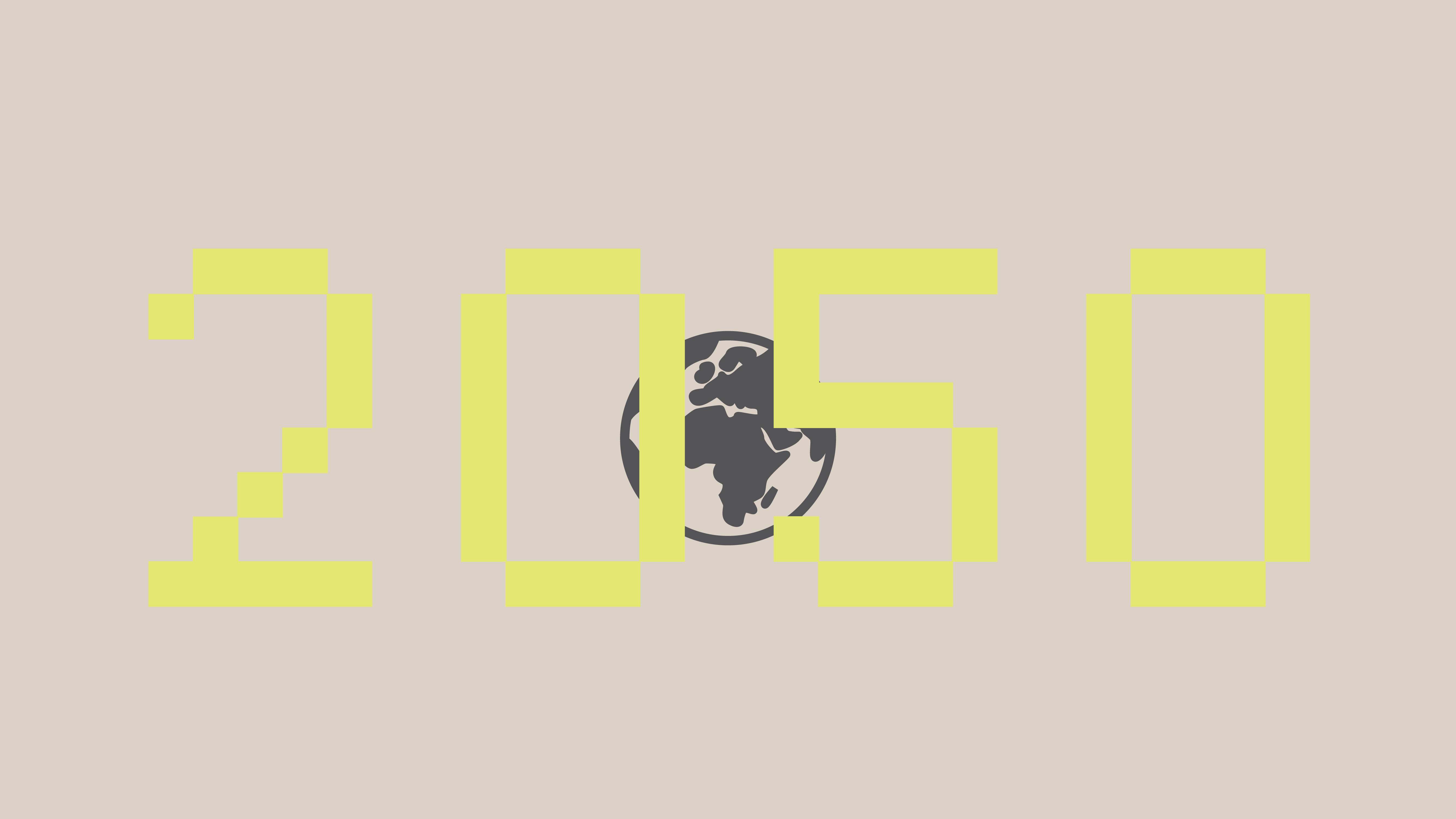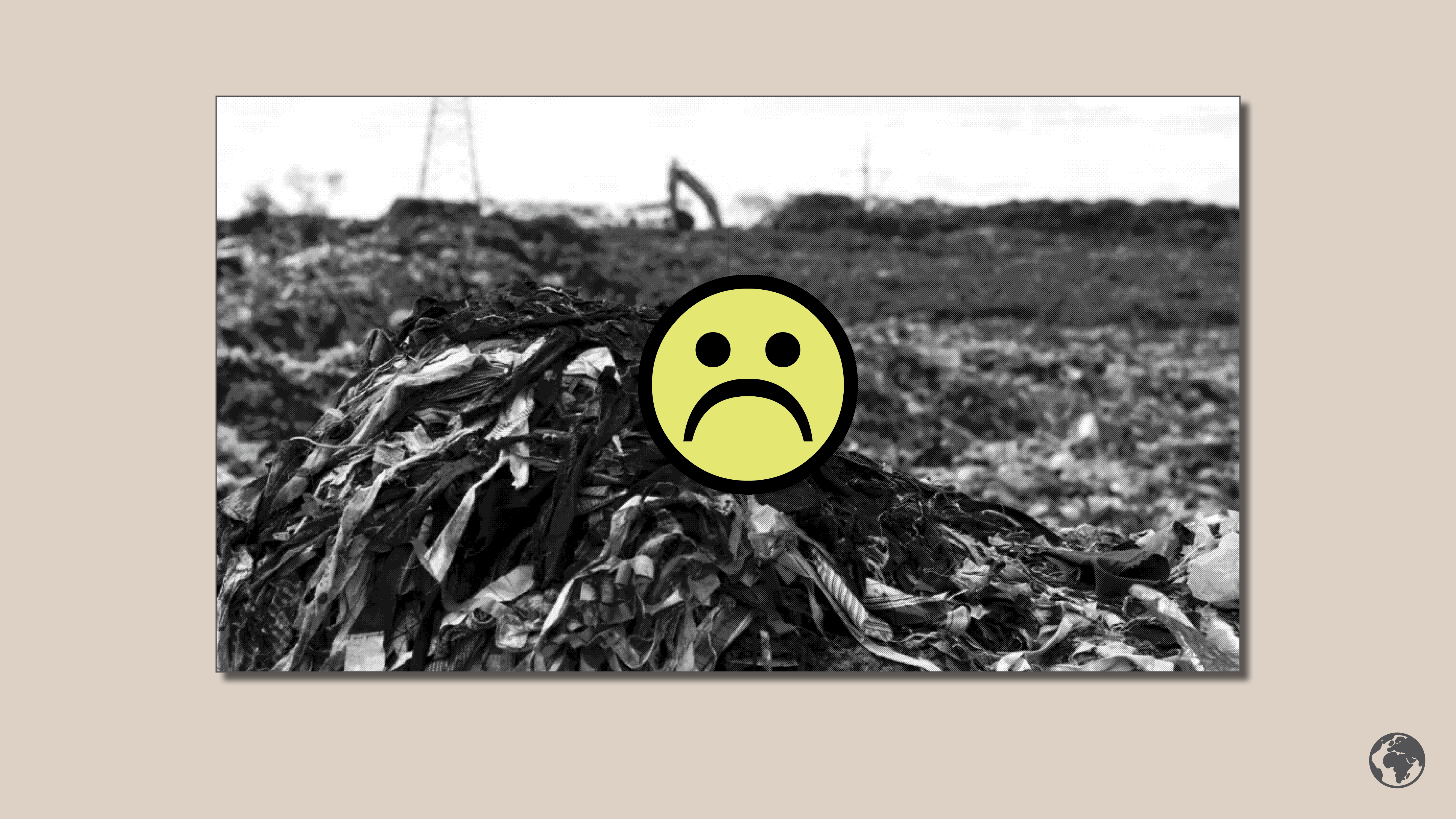This project considers speculative design—a concept coined by Dunne & Raby and based off of their book Speculative Everything. With this project I used speculative design as a stepping point to explore a future where driverless cars are prominent and have shaped the way we live.
An excerpt from the project prompt, “Future Casting offers a tour through an emerging cultural landscape of design ideas, ideals, and approaches. Design is used as a tool to create not only things but ideas and critical reflection. It is a means of speculating about how things could be—to imagine possible futures. Driverless cars will someday move around our cities and towns without the intervention of human. If 100% of cars ever drive themselves, our familiar car culture would die—and a new one would arise. How do we as designers imagine, predict and shape this future world through the design of interfaces? How do we engage others in a critical dialogue on this future?”
Research
The Future of Driverless Cars
I spent time doing secondary research about driveless cars and the projections of how they will perform in our future as well as shape it. I also researched the effects of climate change on our future and tech-forward dressing rooms/the evolution of body scanning.
The Future of Driverless Cars
I spent time doing secondary research about driveless cars and the projections of how they will perform in our future as well as shape it. I also researched the effects of climate change on our future and tech-forward dressing rooms/the evolution of body scanning.

Ideation
Storyboarding
When imagining a future shaped by driverless cars, I couldn’t help but think about the degradation of our planet. I wanted to imagine a world where clothing production changes completely to offset the damage we have already done. I imagined a world in which no new clothing is produced. You can call a driverless car to your home and trade in an article of clothing that you own in order to design a new item.

User-Testing
Holes in the Story
Outcome
The Scenario
The year is 2050. Climate change has warmed the atmosphere 2 degrees celsius since the year 2020. Sea levels have risen vastly and severe weather is a normal reality. Our current consumption model has been overhauled. Consumers and businesses alike are desperate to reduce carbon emissions, textile waste, and energy use. The effects of habits from previous years are scary and very real. The government has shut down all production of new clothing items and by law, consumers can only have new items made from clothing they already had in their closet when the law was put into motion. All clothing companies and designers have shifted their model of working to creating hypothetical designs and selling them to traveling design pod companies. Production warehouses have shifted their businesses to collecting “waste” fabric from landfills, cleaning and sanitizing it, and selling it to design pod companies for breaking down and repurposing. Cue Fiber2Fav. These design pods operate by traveling to people’s homes on demand. They take at least one recycled item of clothing as currency, and digitally print a new item for the user from stored recycled fabrics. These recycled fabrics that users contribute as currency are broken down within the pod and woven into new fabrics for fiber printing. Through a process of screen based co-design, users are able to create their ideal garment.
It’s Monday morning and you’re getting ready for work. You are digging through your closet, trying to find a shirt to wear when you realize that you’re unhappy with the items in your closet. This prompts you to call a design pod to exchange an old shirt for a new one. You call a pod to your home and it arrives within 5 minutes (these pods are used by everyone and are widely available). Once the pod arrives, you step inside, feed your old shirt into the fabric slot. Having used this service for over a year, your measurements are stored in the system and you are ready to create an item without updating fit. You use a large touch screen interface inside of the pod to design yourself a new shirt by choosing preselected options like “drop sleeve” or “zipper.” Once you’re happy with your selection, you wait while the machine takes 5 minutes to “print” out a new shirt. Your account details are stored in the system and payment for the service is billed monthly at a minimal fee. The item that you feed into the pod upon entry acts as the primary currency for using the service. After about 10 minutes, your new shirt prints, and you are walking back into your home with a brand new shirt!
Video Stills



The Final Video
The Interface
This interface is a mid-refined sketch and idea to compliment the design concept. It has not been refined or user tested and I plan to come back to this project in the future for a cleaner outcome.
This interface is a mid-refined sketch and idea to compliment the design concept. It has not been refined or user tested and I plan to come back to this project in the future for a cleaner outcome.
